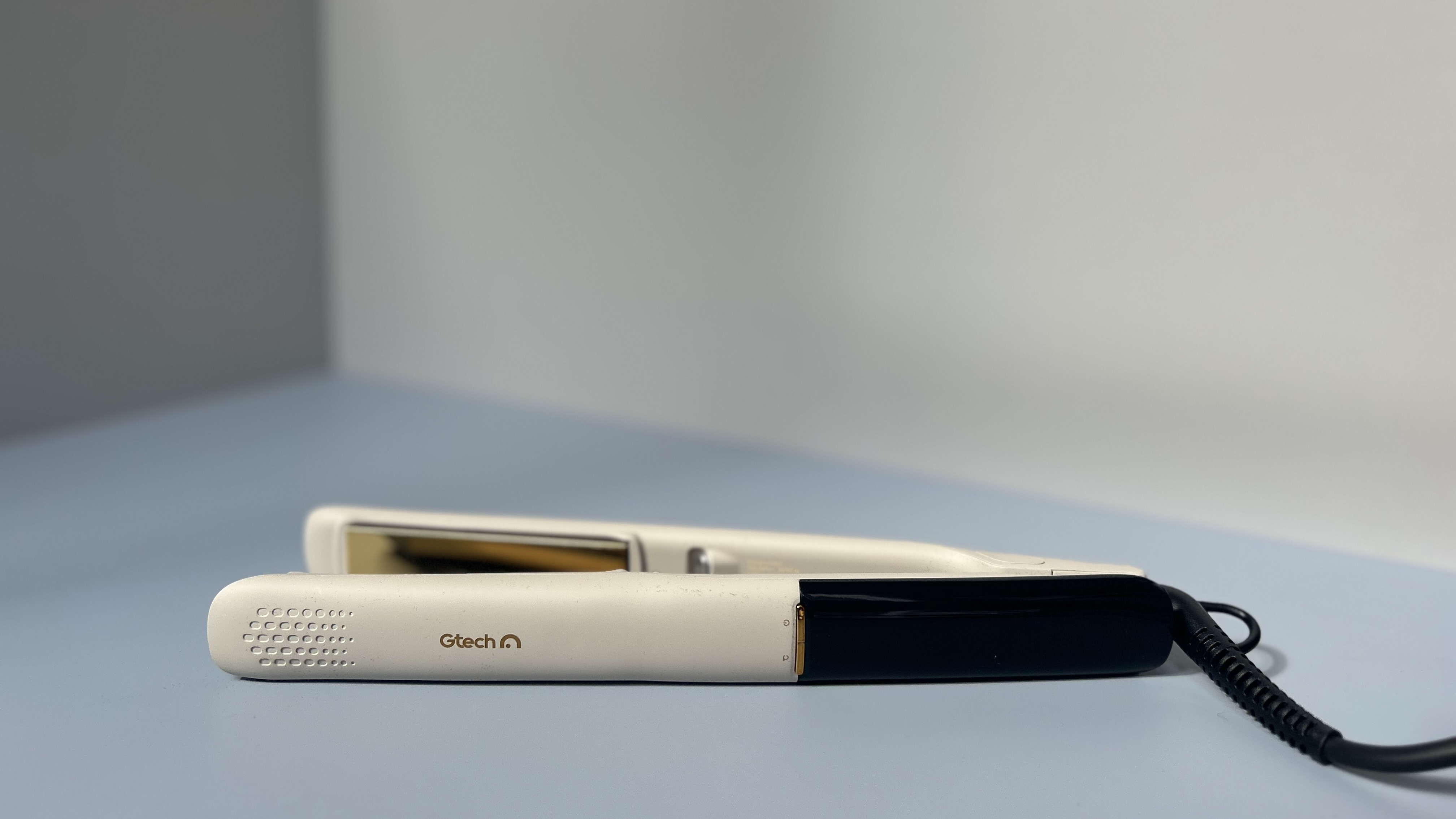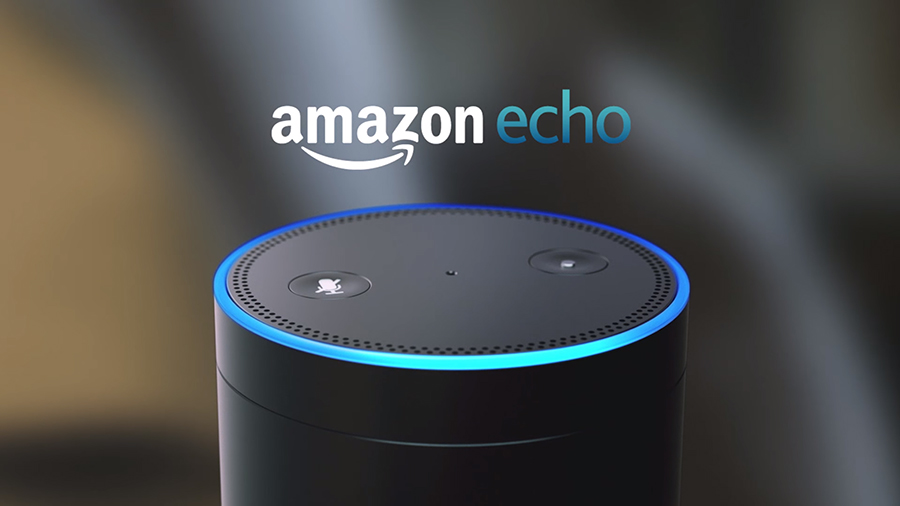

You'd be forgiven for wondering exactly what the Amazon Echo is, if you don't own one (especially as it's been a US-only exclusive since its November 2014 launch, though it is now coming to the UK). Is it a speaker? A hub for your smart home hub? A digital assistant? A gateway into the future?
Well, all of that, in a way. To get you up to speed on what the Echo is and isn't, and how it fits in with the rest of your home gadgets, we've put together this explainer for Echo beginners - read on to learn more about the Echo, Alexa, the Dot and the Tap.
The Amazon Echo UK release date is 28 September. The Amazon Echo price is £149 and will have £50 off for Amazon Prime customers in the UK for the next 48 hours. The Echo Dot is shipping on 20 October but you can pre-order today for £49.
A very brief history of the Amazon Echo
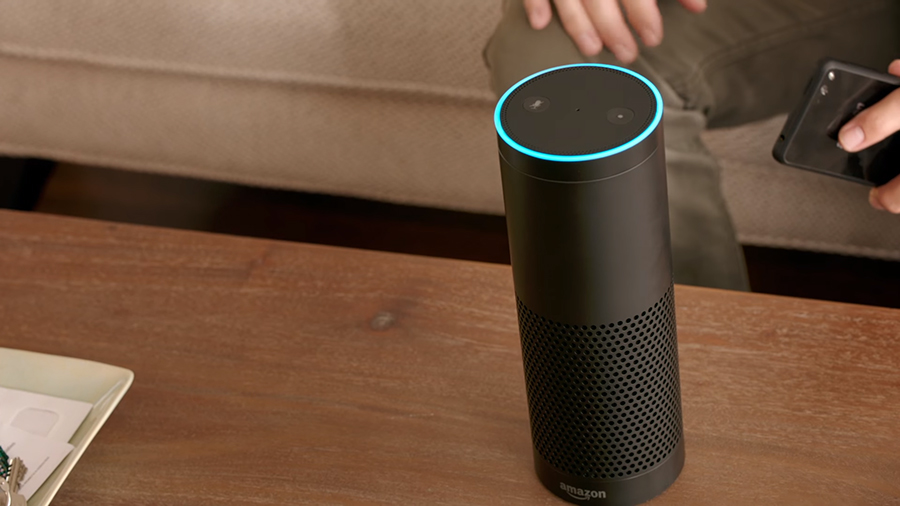
When the Amazon Echo launched in November 2014, people weren't sure what to make of it. It looked like a smart speaker, but worked like Siri, and no one else had really made anything like it. Would this be another Fire Phone-style hardware disaster for Amazon?
Absolutely not. The device has reportedly gone on to shift more than 3 million units since it launched, and because it largely relies on cloud technology it gets new software updates and features all the time. The next logical step is for sales to expand outside of the US.
Standing 23.5 centimetres tall, the Echo is fitted with a seven-piece microphone array, and is activated by a simple voice command ("Alexa" by default). It needs a Wi-Fi connection to work properly and the original version needs a power connection at all times too.
The first Echo has recently been joined by several alternative models, of which more below, and the Alexa digital assistant powering the device (and in some ways more important than the Echo itself) has just made the jump to Amazon's line of tablets.
Sign up to the T3 newsletter for smarter living straight to your inbox
Get all the latest news, reviews, deals and buying guides on gorgeous tech, home and active products from the T3 experts
What the Echo can do for you

Think Siri in a Bluetooth speaker, as we mentioned above, and you're not far wrong - the Echo taps into all the knowledge on the web, so can quickly get weather forecasts, word definitions, historical dates, news headlines, and so on in response to a voice command.
Say "Alexa" followed by your question and chances are the Echo will know what you're after. It goes way beyond search though: you can use the Echo to order items from Amazon, stream music, listen to audiobooks, wake you up in the morning and more.
The Echo supports third-party 'skills' as well, so developers outside Amazon can write apps to let the device stream music from Spotify, read out tweets or order a ride from Uber. There's no screen here, obviously, so every output has to be spoken back to you.
Of course the Echo took its inspiration from apps like Google Now and Siri, but Amazon's smart move was to put this kind of technology inside a small, cylindrical speaker - Google even tipped its hat to Amazon when unveiling its own Echo, the Google Home gadget.
Alexa, the brains behind the Echo
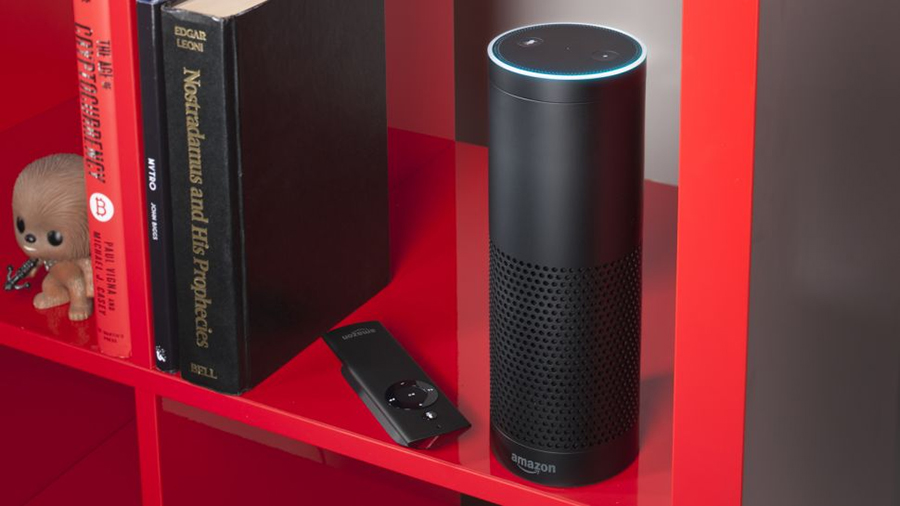
The Echo can work as a normal Bluetooth speaker, but most of its functionality is provided by Alexa, the smart digital assistant behind the scenes: Alexa is always listening by default, but only kicks into action when you say "Alexa" followed by your command or query.
Over time, Alexa has got smarter, adding extra understanding of your calendars, the sporting events that matter, recipes and more. It's made so much progress that there's now talk of it arriving on desktop computers to go head-to-head with Microsoft's Cortana.
As we've mentioned, other apps can connect to Alexa, and one of the Echo's newest tricks is interacting with other smart home devices in your home (if the developers allow it): this is the kind of extra functionality that can be added to Alexa and the Echo very easily.
You can even get Alexa in app form on Android and iOS, enabling you to control your Echo from your smartphone and experiment with Alexa's skillset even if you don't have an Echo. No doubt Amazon has more big plans for Alexa across its own hardware and beyond.
Variations on an Echo
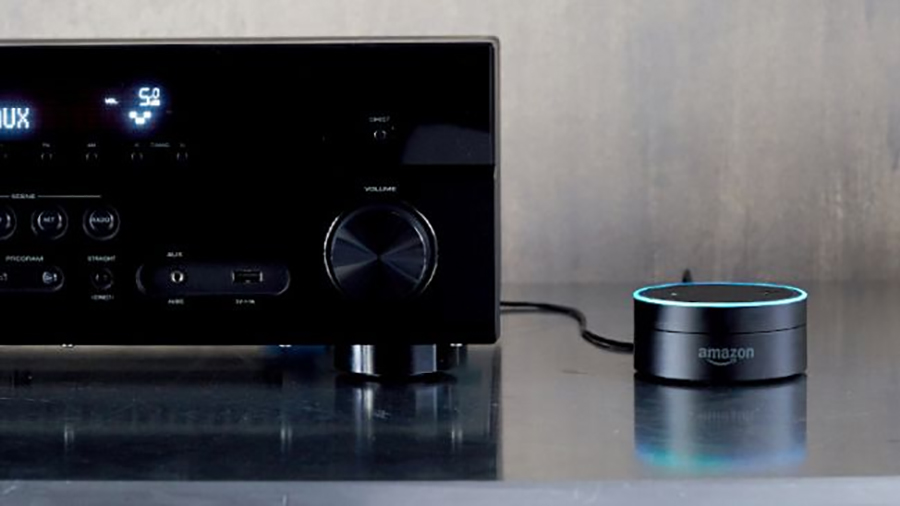
Earlier this year, Amazon launched two new Echo devices: the Echo Dot, a smaller version of the original Echo that needs a separate speaker to plug into, and the Tap, a portable Echo than runs on batteries (and which isn't always listening, to save on power usage).
With the Echo Dot costing £49 or $89.99 and the full-sized original Echo yours for £149 or $179.99, there's a device to suit every budget - and as noted earlier, you can expect to see the Alexa assistant spread across to plenty more gadgets in the future.
As so much of the Echo's functionality relies on the cloud and its software, there's no need to rush out hardware upgrades all that regularly, though we'd expect to see an Echo 2.0 turn up at some point. Really, all it needs to do is to be able to listen and talk back.
With the updates we've seen to the likes of Siri, Google Now and Cortana, it's obvious we're all going to be speaking to digital assistant apps across all our devices very soon - and the Echo, with Alexa, has helped to make sure Amazon has a place at the table.
- Don't forget that Amazon also makes some very nice e-readers
Dave has over 20 years' experience in the tech journalism industry, covering hardware and software across mobile, computing, smart home, home entertainment, wearables, gaming and the web – you can find his writing online, in print, and even in the occasional scientific paper, across major tech titles like T3, TechRadar, Gizmodo and Wired. Outside of work, he enjoys long walks in the countryside, skiing down mountains, watching football matches (as long as his team is winning) and keeping up with the latest movies.

